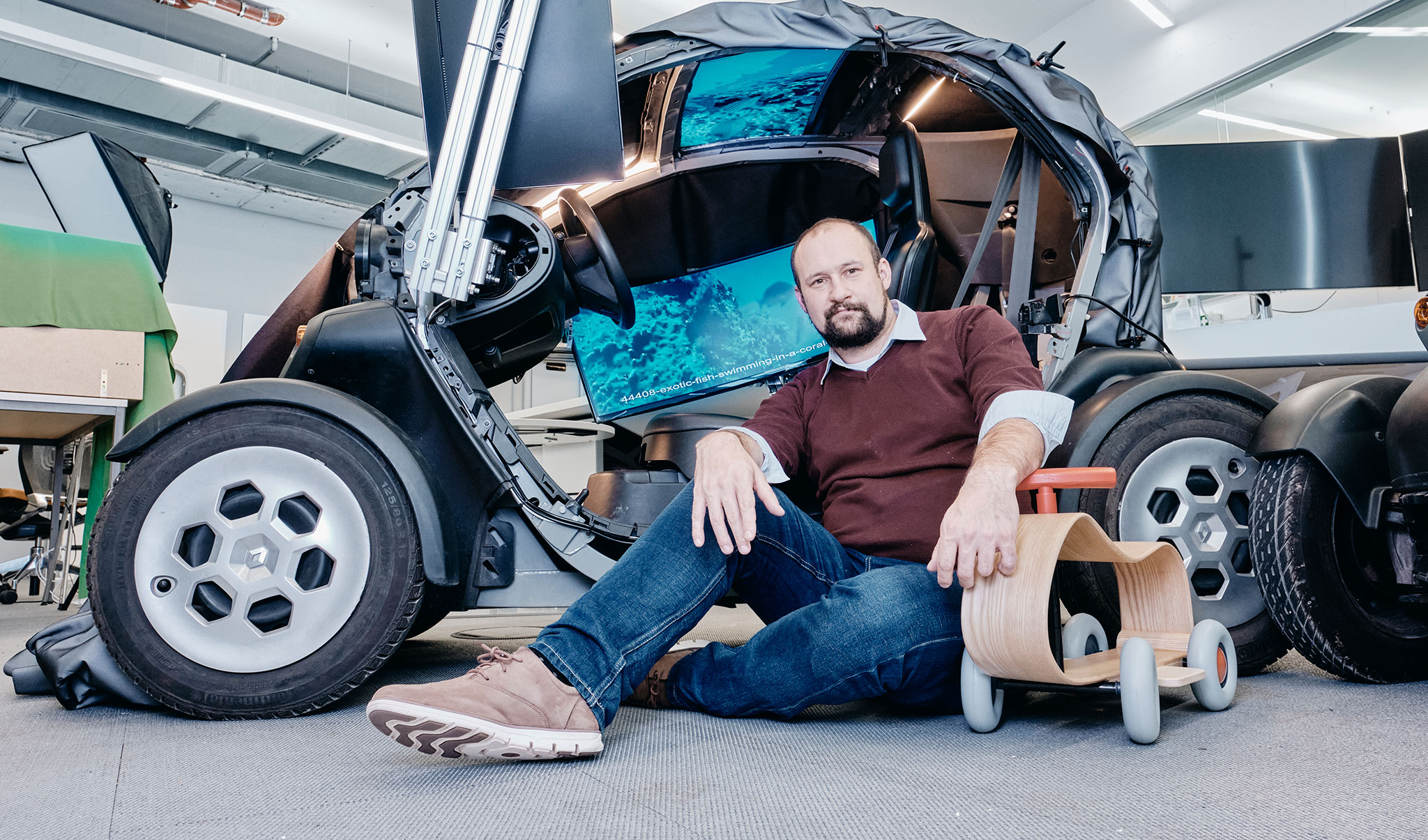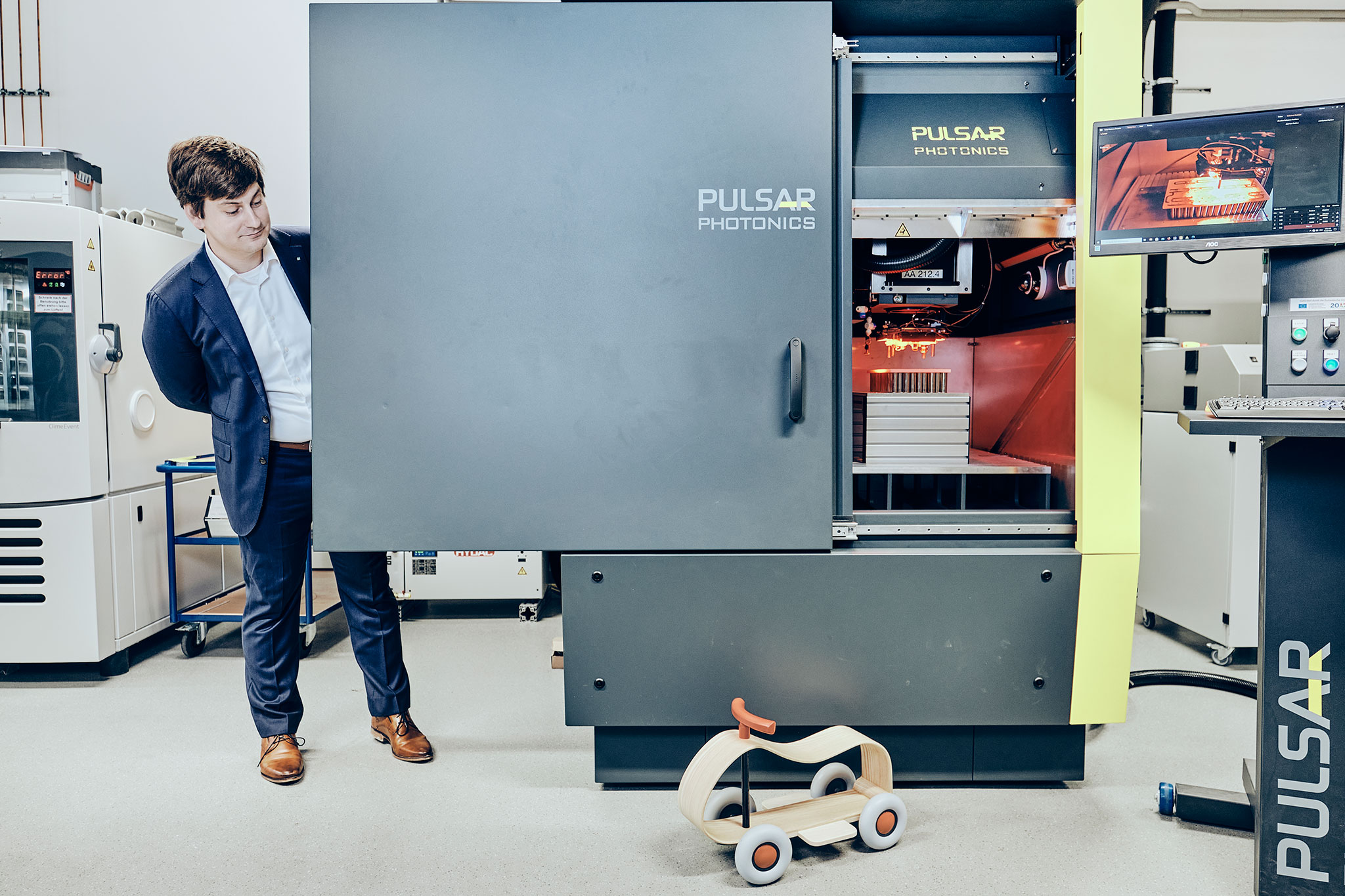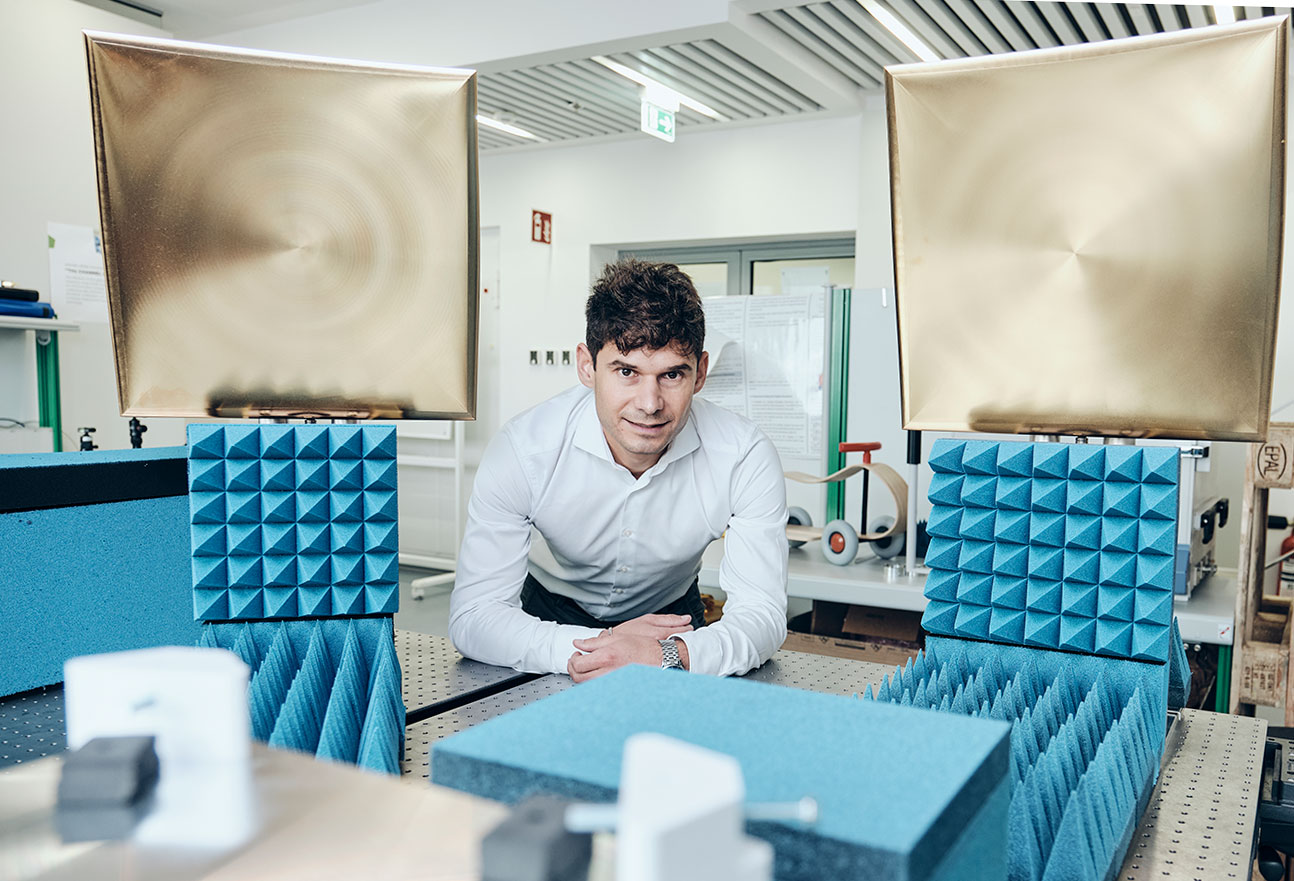What about often neglected rural areas?
The more options available, the more complex mobility becomes for passengers. Dr. Karina Villela, project manager for Digital Innovation Design at the Fraunhofer Institute for Experimental Software Engineering IESE in Kaiserslautern, is addressing this issue. To solve the problem, she has created a mobility platform as part of the Smart MaaS (Mobility as a Service) project, in collaboration with partners Fiware, Cleopa, DFKI and better mobility. All providers can post their services on the B2B platform, whether for mobility, information or otherwise. This includes taxi operators, shuttle bus operators, e-bike rental companies, public transportation or car sharing providers, hotels or providers of tourist information. This ecosystem brings all stakeholders together on one marketplace − services, information providers and intermediaries.
Smart Maas project (Smart mobility platform in cities)
All this information is evaluated by a mobility broker. If a customer is looking for the best route for a particular journey, the broker immediately generates a suitable itinerary, including the best means of transportation and transfer options. “Customers can also specify in their inquiry whether they need their trip to be particularly low-cost, comfortable or fast. This enables stress-free door-to-door mobility for passengers,” says Villela. She sees Smart MaaS as an opportunity for startups or small businesses with specialist services to promote themselves on the platform.
As part of his KomMaaS project, Matthias Koch, senior requirements engineer at Fraunhofer IESE in Kaiserslautern, is concentrating on rural areas. Here, there are too few options for transportation, rather than too many. The basic idea is to make these few options more accessible and interconnected. That way, public buses could travel through small villages and help people without a car to get mobile. Together with partners, the team led by Koch has developed a suitable web application. If someone needs transportation, they first call the regional public bus service and tell them where they want to go. Alternatively, they can use a smartphone app to indicate their need. The public bus planning team receives this request through the application, and plans accordingly. Providers can now optimally combine individual journeys to specific passengers into a complete route. In turn, the display unit in the public bus shows the driver where passengers are to be picked up or dropped off. In later stages of the planned development, anyone with a private car who is planning a trip to a nearby city will be able to offer other travelers a ride via KomMaaS.
KomMaaS project (Mobility as a Service for municipalities)
Koch and his team developed the web application with a focus on simple and efficient functionality. “We want to increase mobility for people who don’t have their own cars, and improve vehicle utilization at the same time. There’s always a social aspect to mobility and transportation, too. When developing networked mobility solutions, we mustn’t forget that,” says Koch. The public bus trips have already gone through practical testing. Meanwhile, some districts in Rhineland-Palatinate have become the first to signal their interest. All these solutions have one thing in common: people don’t necessarily drive their own cars anymore, but rather choose the option that suits them best at a particular moment.
According to the Fraunhofer researchers, the car isn’t going to lose its special status. Sebastian Stegmüller believes there are emotional factors at play here. “Mobility is about more than the proverbial concept of getting from A to B. When it comes to cars, there are factors that go beyond the purely objective.” Rather than holding less weight in the future, comfort, features and personal space will actually be more important. This opens up huge opportunities for car manufacturer to produce really innovative new solutions.” Fraunhofer researchers have already presented a study for this strategy for the future, named Vision PI. The passenger cell is designed based on a shell principle and can be flexibly adapted to the individual needs of the passengers. During the day or while commuting in the morning, the passenger cell can serve as a mobile office for working and for video conferences, for example. The vehicle’s HMI (human-machine interface) technologies connect seamlessly with devices such as tablets or headphones, thus enabling an integrated media experience. The route is selected and adapted automatically according to criteria such as network availability, traffic volumes and upcoming appointments. In the evening, in preparation for a relaxing drive home after work, the passenger cell transforms into a relaxation room with darkened windows and wellness features that appeal to all the senses. The use of high-quality materials increases the feel-good factor − think cozy lounge ambiance, rather than the more austere feeling of a cockpit. “While it’s horsepower we care about today, in the future we’ll be looking for equipment that can be personalized depending on the context, and high-quality haptic features built into the car’s interior,” Stegmüller believes.
“Vision PI” – Sustainable Mobility Concept of the Future with a Touch of Lifestyle (Research News / November 17, 2020)
“There’s a social aspect to mobility and transportation, too!“
If basic requirements are met such as compliance with social standards in regard to manufacturing, environmental sustainability and safety, there is nothing to prevent cars from remaining personal consumer goods. Prof. Michael Lauster, Director of the Fraunhofer Institute for Technological Trend Analysis INT is optimistic, in any case. “Cars have a long, bright future ahead of them. They continue to be one of the building blocks of individual mobility. However, with the trend toward using rather than owning, cars will serve as status symbols for only the rare few.”


